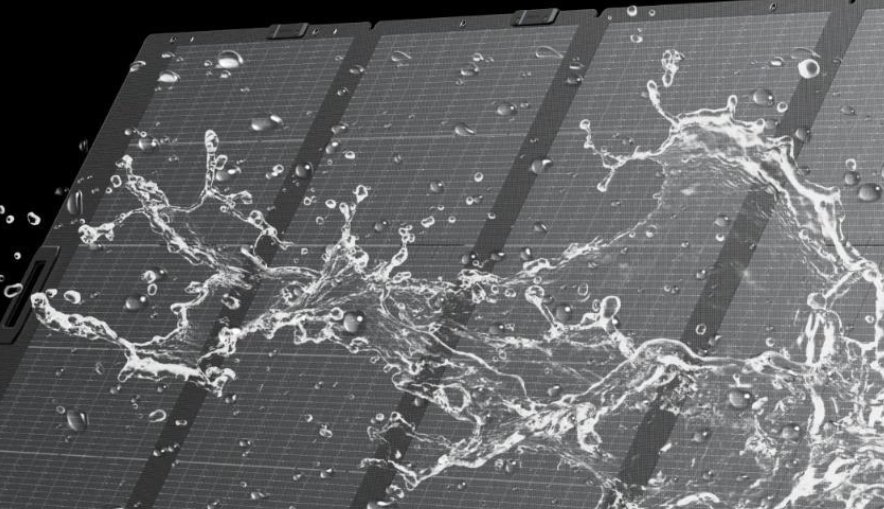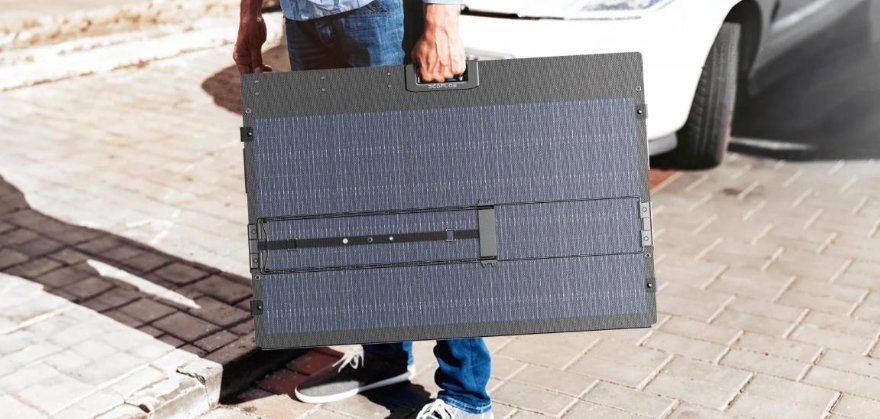Tech
Common Solar Panel Problems and How to Troubleshoot Them

Solar panels are renowned for their reliability and durability, typically operating for decades with minimal maintenance required. Despite their robust design, occasional issues may arise that affect performance, making regular monitoring an essential practice for every system owner. Understanding common challenges empowers homeowners to maintain their systems effectively and recognize when professional assistance is necessary. In this article, we will explore typical solar panel concerns, provide practical troubleshooting guidance, and help you distinguish between simple maintenance tasks and situations requiring expert help.
Addressing a Sudden Drop in Energy Output
The Most Common Culprit: Shading and Surface Soiling
Temporary shading from new tree growth, accumulated debris, or bird droppings can significantly reduce your system’s energy production without causing permanent damage. Regular visual inspections help identify these obstructions, which often appear gradually as seasons change and surrounding vegetation grows. Surface soiling from dust, pollen, or pollution creates a thin film that blocks sunlight, with effects becoming more noticeable during dry periods without rain. Cleaning panels with water and a soft brush typically resolves these issues, restoring full productivity without technical intervention. Scheduling seasonal maintenance ensures these minor problems are addressed promptly, preventing small inefficiencies from turning into long-term losses.
Using Your Monitoring System to Diagnose Performance Issues
Modern solar systems include monitoring software that provides detailed performance data, allowing you to compare current output with historical patterns under similar weather conditions. These systems typically show energy production in real-time, helping you identify exactly when a performance drop occurred and how severe the reduction has been. Many monitoring platforms offer alert features that automatically notify you of significant deviations from expected performance levels. Tracking performance patterns helps distinguish between temporary weather-related variations and genuine system issues requiring attention. This data-driven approach takes the guesswork out of troubleshooting and provides valuable information if professional service becomes necessary.
Physical Damage and Environmental Impact Factors
Inspecting for Microcracks, Snail Trails, and Hot Spots
Microcracks are tiny fractures in solar cells that may develop from physical stress during installation or extreme weather events, potentially leading to reduced efficiency over time. Snail trails appear as dark lines on panel surfaces and typically result from chemical reactions between moisture and silver paste used in cell manufacturing. Hot spots occur when certain panel areas become overloaded, often due to shading or cell damage, creating localized overheating that can be detected with thermal imaging. Regular visual inspections during cleaning routines help identify these issues early before they significantly impact system performance. Professional assessment determines whether affected panels require replacement or can continue operating safely.
The Effects of PID and Weather-Related Wear and Tear
Potential Induced Degradation (PID) occurs when voltage differences between panel materials and grounded frames cause power leakage, typically affecting systems operating in high humidity conditions. Modern panels incorporate PID-resistant technology, and many inverters include features that minimize this phenomenon through voltage optimization techniques. General weather-related wear appears as minor discoloration or surface texture changes that usually have minimal impact on performance when panels receive regular maintenance. Quality manufacturers test their products against hail impact, wind loading, and thermal cycling to ensure durability under various environmental conditions. Understanding these technical aspects helps homeowners recognize that most modern systems are designed to withstand decades of outdoor exposure.

Inverter and Connectivity Problems
Inverter Issues: Error Codes and Performance Warnings
The inverter serves as your system’s central hub, converting DC electricity from panels to usable AC power for your home, with status indicators providing immediate diagnostic information. Common inverter issues include display error codes, unusual noises, or complete shutdowns, which are often resolved by checking connections and ensuring proper ventilation around the unit. Simple troubleshooting steps include checking circuit breakers, confirming the inverter receives adequate airflow, and verifying that all wiring remains secure and free from moisture. If problems persist despite basic checks, contacting a qualified technician is the safest way to prevent further system damage.
Connectivity Problems: Monitoring and Communication Failures
Connectivity problems typically involve loose wiring between panels or communication failures between system components, usually showing as inconsistent monitoring data rather than complete power loss. Many modern systems allow remote diagnostics through monitoring platforms, enabling technicians to identify and address issues without the need for initial site visits. Regularly inspecting your system’s wiring and monitoring platform ensures smooth communication across components and helps prevent disruptions in performance. Keeping your monitoring app updated also ensures you receive the latest features and most accurate diagnostic information.
Conclusion
Many solar panel issues have simple fixes, but knowing when to call a professional protects both your safety and your warranty. Electrical faults, damaged panels, or repeated error messages should always be handled by a qualified technician. Durable systems from reputable makers, such as EcoFlow’s solar panels, are less prone to common problems and offer long-term reliability. Having a trusted installer ensures expert help when needed, while combining professional maintenance with regular self-checks keeps your system running smoothly for years.
-

 Celebrity1 year ago
Celebrity1 year agoWho Is Jennifer Rauchet?: All You Need To Know About Pete Hegseth’s Wife
-

 Celebrity1 year ago
Celebrity1 year agoWho Is Mindy Jennings?: All You Need To Know About Ken Jennings Wife
-

 Celebrity1 year ago
Celebrity1 year agoWho Is Enrica Cenzatti?: The Untold Story of Andrea Bocelli’s Ex-Wife
-

 Celebrity1 year ago
Celebrity1 year agoWho Is Klarissa Munz: The Untold Story of Freddie Highmore’s Wife
















